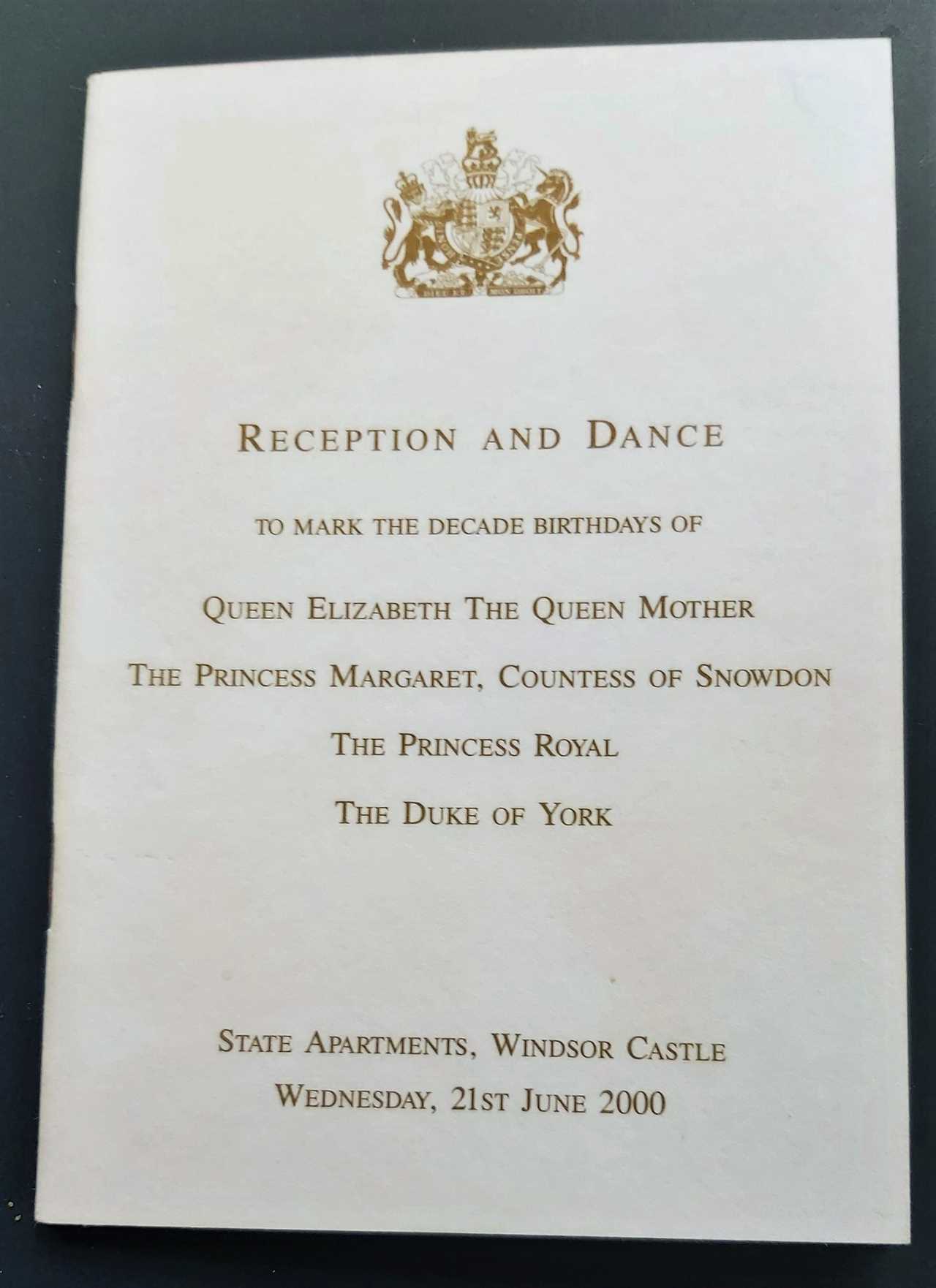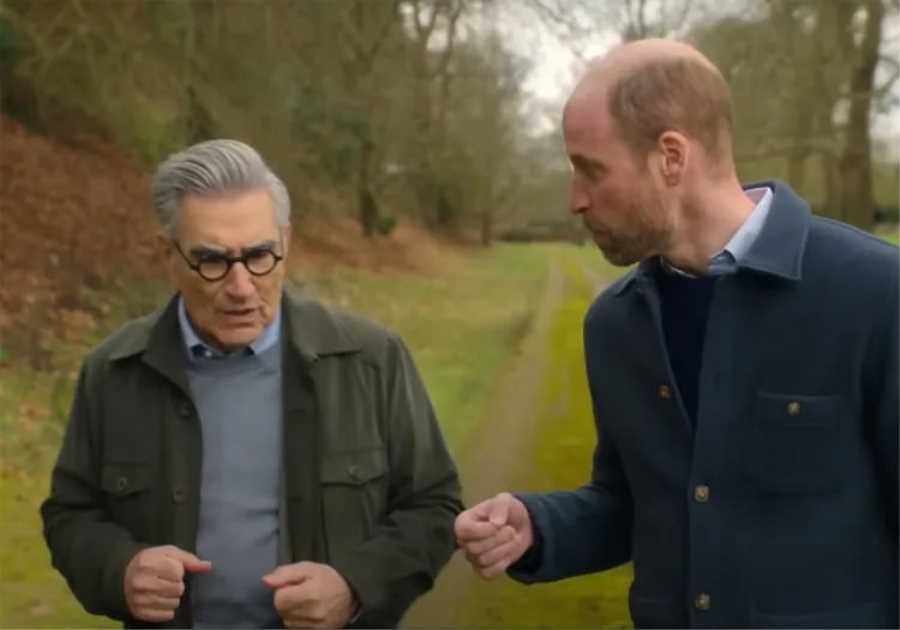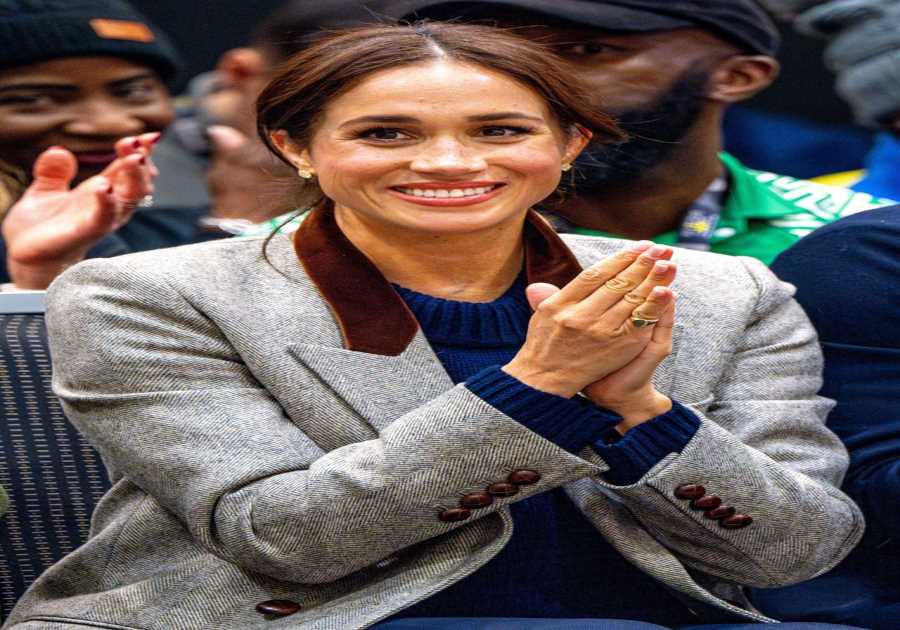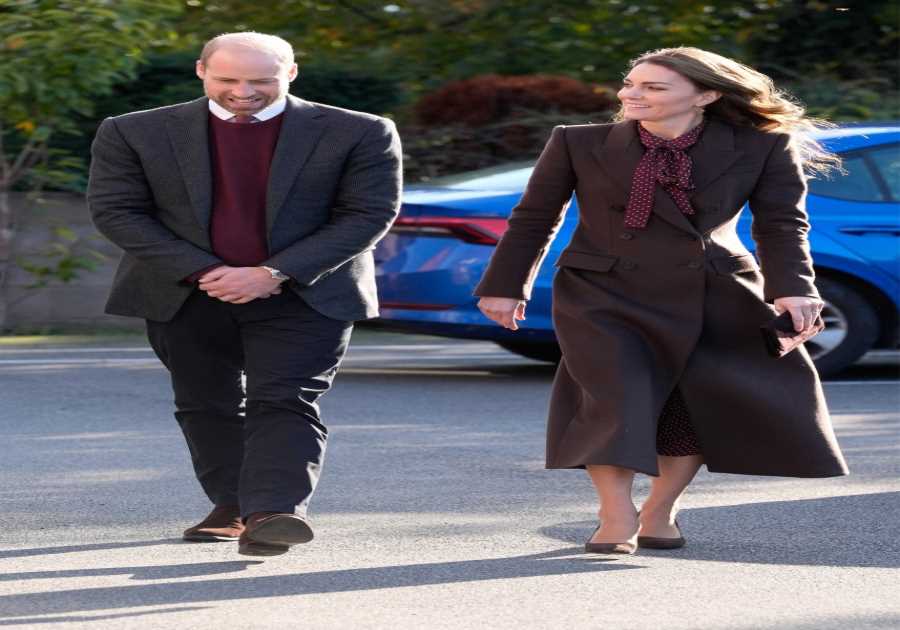Did your jaw drop in disbelief when it was announced that Prince Andrew had demanded trial by jury in the civil case being brought against him by Virginia Giuffre? Mine certainly did.
Though he is firmly rejecting the claims made against him, I couldn’t help wondering if this will turn out to be another act of monumental folly, just as his November 2019 interview with Emily Maitlis so very clearly was.


The 11-page court document Andrew’s legal team filed this week amounts to a blanket denial of all Virginia Giuffre’s allegations.
One of the most astonishing centres on the authenticity of the now infamous photograph, taken by Jeffrey Epstein in March 2001, of Andrew with his hand round Guiffre’s waist and a smiling Maxwell in the background.
That it is being challenged – though not for the first time in this unedifying saga – is because Prince Andrew, who claims to have no memory of it being taken, “lacks sufficient information to admit or deny the allegation that there exists photographic evidence of his alleged meeting with Giuffre”.
But if that isn’t photographic evidence – and why would anyone go to the trouble of fabricating such an image at a time when today’s unimagined court action still lay 10 years distant – then what is?
‘Good friendship’ with Maxwell
More surprising is Andrew’s risible denial that he and Ghislaine Maxwell were “close friends“.
It is a denial made yet more difficult to believe when both she and Jeffrey Epstein were his guests at Balmoral, where they were cosily photographed together in the Queen’s private log cabin on the estate.
Difficult to believe, too, when they were guests at the splendid Decades Birthday dance – at which I was also a guest – held by the Queen and Prince Philip at Windsor Castle in June 2000.
Given to celebrate four royal birthdays that year, including Andrew’s 40th, Epstein and Maxwell were both named in the specially-produced booklets that listed all the guests.


The following day, the pair were spotted cosying up to Prince Andrew at Royal Ascot.
Ghislaine – with Epstein in tow – was also invited to Princess Beatrice’s 18th birthday fancy dress party in 2006, and had been Andrew’s guests at Sandringham for a shooting weekend as well as at Royal Ascot.
To have been present on each of those occasions – and undoubtedly on others too – speaks of a good friendship, rather than something more casual.
Andrew, though fighting the case as a “private citizen”, stripped of his military and service appointments, his royal patronages and public use of his rank as a royal highness, is of course in uncharted waters in all this.
Indeed, who would be foolhardy enough to lay bets on the final outcome of an issue that is without royal precedent?
If it comes to it sometime towards the end of the year, Andrew won’t be the first prince or the son of a reigning British monarch to have stood in a court of law.
Royal scandals
Andrew’s great-great-grandfather, King Edward VII, when he was still Prince of Wales, twice appeared in the witness box in court.
On one occasion, which became known as the Tranby Croft Affair, he was called as a witness in a gambling case when a Scots Guards officer was accused of cheating at baccarat during a house party at which the prince was a guest.
More salaciously, in February 1870, the then Prince of Wales was called as a witness in the divorce case brought by Warwickshire MP, Sir Charles Mordaunt, against his young wife Harriet.
The prince had known Harriet since she was 17 and he was engaged in an affair of “dangerous intimacy”.
During the summer of 1868, the Mordaunts had taken a house in Belgravia and it was there that, in her husband’s absence, the prince would make afternoon visits to Harriet twice a week.
The prince, a serial adulterer, also visited Lady Mordaunt at their country house where, on one occasion there, the wounded husband returned home unexpectedly and saw the prince making a hurried departure.
Gossip was rife and it was only after Harriet had given birth to a child fathered by another of her lovers that she confessed all to her husband.
Summoned to the witness box
Their only hope to keep the scandal out of the press – so they were advised – was for Harriet to plead insanity.
But when Mordaunt petitioned for divorce, the Prince of Wales was summoned to appear.
Though not cited as a co-respondent, he nevertheless entered the witness box to give evidence in open court.
When asked: “Has there ever been any improper familiarity or criminal act between yourself and Lady Mordaunt”, who was described during the hearing as “a lady of apparently fragile virtue”, the prince stated firmly and clearly: “There has not.”
His ordeal lasted seven minutes and he left the court to loud applause.
In the event, Sir Charles Mordaunt’s petition was dismissed and a crazed Harriet, throwing a cup of tea over a portrait of the prince, screamed: “That has been the ruin of me. You have been the curse of my life, damn you.”
A century-and-a-half later, though history isn’t exactly repeating itself in York vs Giuffre, it may be said there are echoes.
For now, while the gloves are very definitely off, there can be no telling how it will all end. Andrew can only wait and hope.







